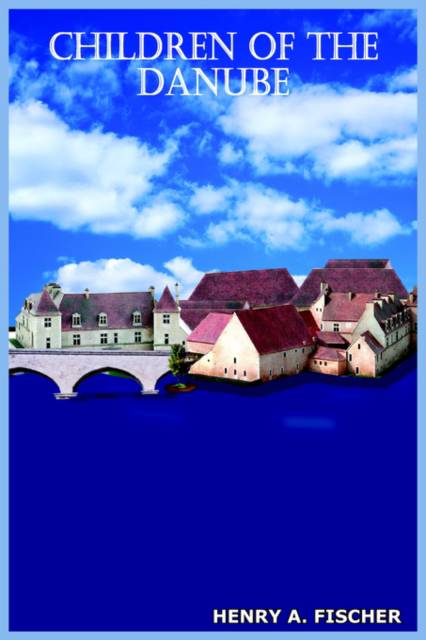
- Retrait gratuit dans votre magasin Club
- 7.000.000 titres dans notre catalogue
- Payer en toute sécurité
- Toujours un magasin près de chez vous
- Retrait gratuit dans votre magasin Club
- 7.000.0000 titres dans notre catalogue
- Payer en toute sécurité
- Toujours un magasin près de chez vous
Description
Numerous histories and studies of the Great Swabian Migration of the 18th century have been written and published, and the tragic fate of many of their descendants in our own time has also been chronicled. Most of these are available in languages other than English. Much of that research forms the backdrop of "Children of the Danube," which is the author's attempt at telling the stories behind the history. Personal stories that weave the tapestry of the lives of his extended family with those of the other families and individuals who joined them after venturing down the majestic, sometimes turbulent, Danube River, taking them on a quest that is common to all people: the search for the Promised Land. That is what they sought in the devastated Kingdom of Hungary, recently liberated after an oppressive one hundred and fifty year occupation by the Turks. Leaving the Danube River behind them, they would be confronted by a wilderness, disease-ridden swamps, dense forests, isolation, primitive living conditions, marauders and brigands. They would find themselves at the mercy of greedy landowners and rapacious nobles, and would have to endure the final onslaught of the Counter Reformation in their pursuit of religious freedom. This is what awaited them, in responding to the invitation of the Hapsburg Emperor Charles VI. It was hardly what the handbills circulating throughout south western Germany had promised. How they would respond, who they would become as a result of it, and what sustained and formed them into the "Children of the Danube," as a distinctive and unique people among the Danube Swabians will unfold, in the telling of their tragic and yet heroic story.
Spécifications
Parties prenantes
- Auteur(s) :
- Editeur:
Contenu
- Nombre de pages :
- 460
- Langue:
- Anglais
Caractéristiques
- EAN:
- 9781418413255
- Date de parution :
- 18-06-04
- Format:
- Livre broché
- Format numérique:
- Trade paperback (VS)
- Dimensions :
- 152 mm x 229 mm
- Poids :
- 671 g

Les avis
Nous publions uniquement les avis qui respectent les conditions requises. Consultez nos conditions pour les avis.






